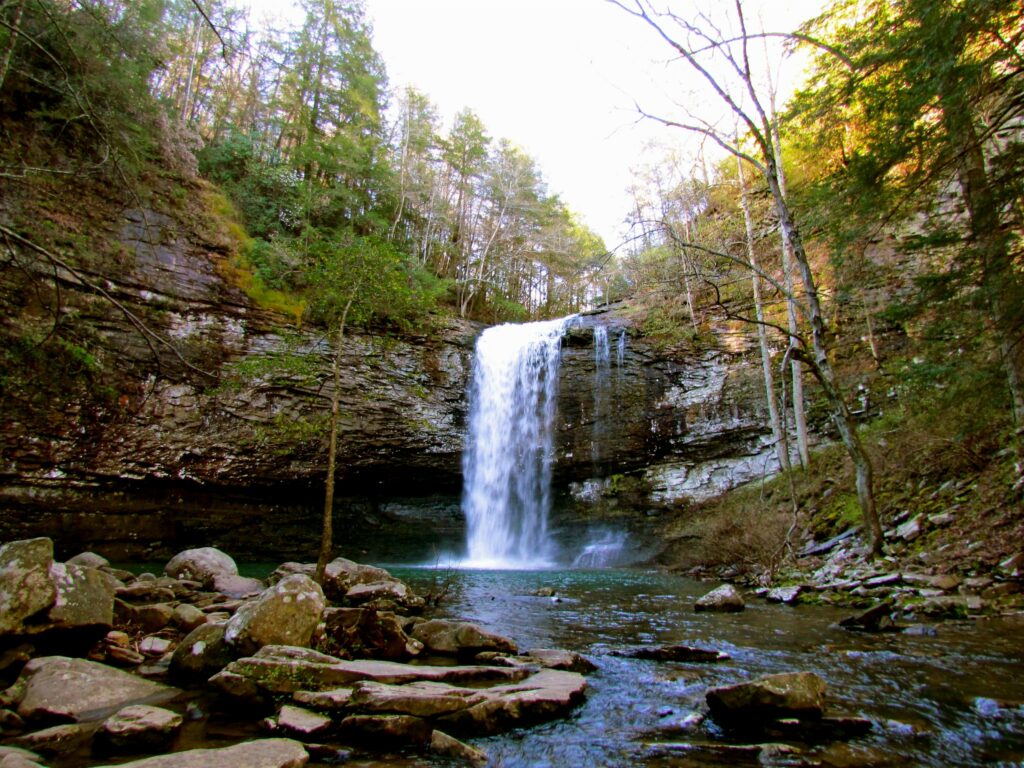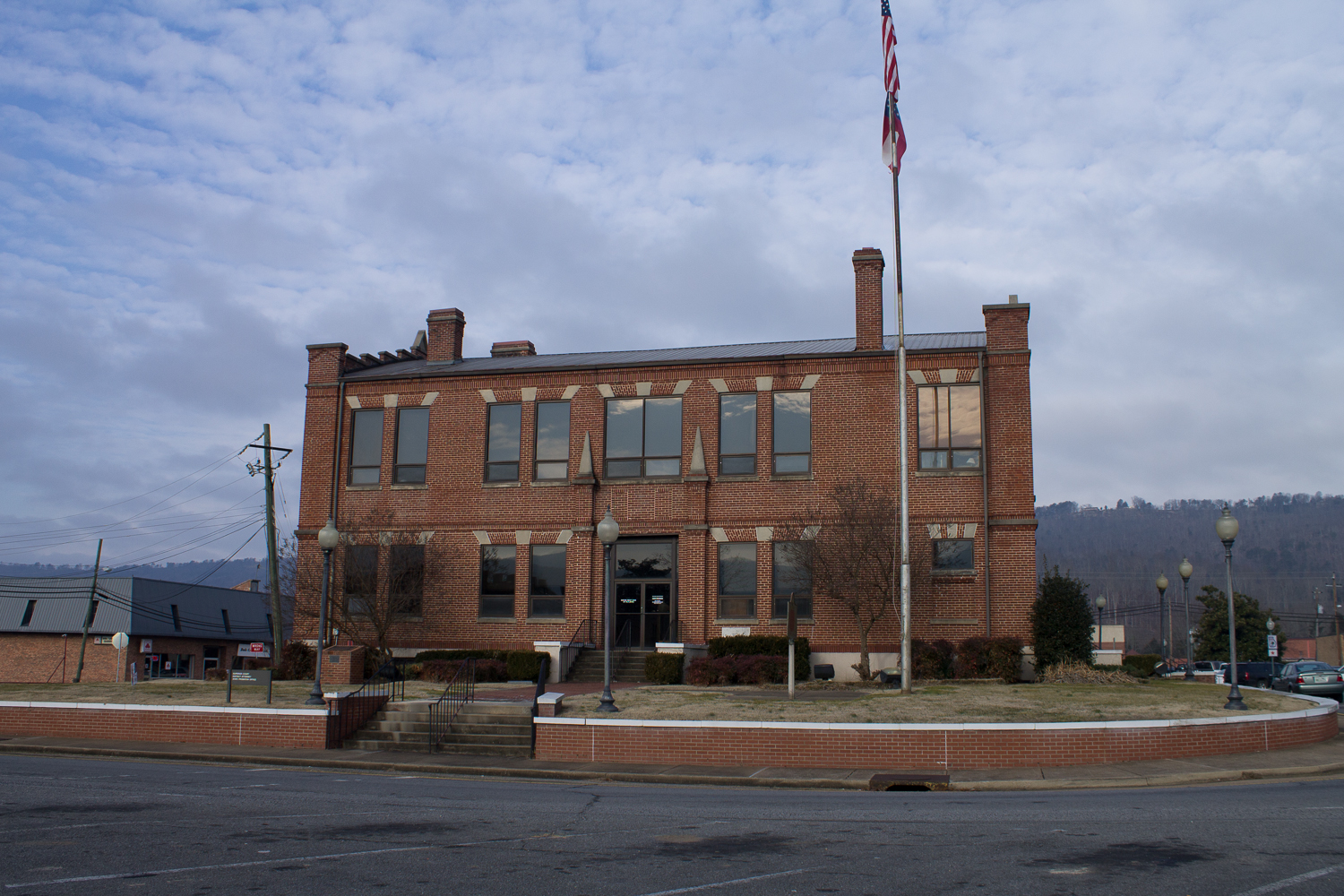Dade County, at the northwestern tip of Georgia, is the state’s ninety-first county. The 174-square-mile county was created from western Walker County by the state legislature in 1837 and named for Major Francis Langhorne Dade, a Virginian who died in the Second Seminole War (1835-42) in Florida.
Dade County shares Lookout Mountain with Alabama along its western border and with Tennessee along its northern border. Until 1939 the only vehicle access to Dade County was via those two states, resulting in an isolation reflected in its nickname, the State of Dade. After its purchase of the properties that became Cloudland Canyon State Park in 1939, Georgia built Highway 143 (which later became Highway 136) to connect U.S. 41 to the area, and the county was subsequently discovered by tourists. The park continues to draw numerous visitors.
Trenton, originally called Salem, is the county seat and was incorporated in February 1854. The current courthouse was built in 1926. Other communities in the county are Hooker, Morganville, New England, Rising Fawn, and Wildwood, none of which are incorporated.

Cherokee Indians, who made up the area’s original population, were forcibly removed from their land in 1838, soon after the formation of the county. Chief Wauhatchie, their leader, had given the U.S. government permission to determine the northern boundary of Georgia in 1817. Twenty-one years later, despite his cooperation, he and his people were forcibly removed in the infamous Trail of Tears.
The county grew slowly after its formation in 1837. The first settlers were those who won land in the Georgia land lotteries and those who came to work in coke and coal mines set up by northeastern developers before the Civil War (1861-65). These mining operations had closed temporarily by the war’s end because their major buyers, factories further south, were destroyed by Union forces. The mines reopened in the 1880s, using state-supplied prison labor for much of their workforce. Active mining continued until the late 1970s, when it began to taper off, and by the late 1980s coal mining in the county had ceased.
Contrary to an often repeated myth, Dade County did not secede from either the Union or the state of Georgia in 1860. During the Civil War more than 40,000 soldiers traveled through the area on their way to Chickamauga, building themselves a road to carry their equipment and munitions. Dade sent its own Raccoon Roughs to fight for the South, and the Battle of Chattanooga resulted in some minor skirmishes in the county.
In 1964 Covenant College, a Presbyterian institution originally established in California in 1955, relocated to Lookout Mountain. Nearly 900 students enrolled in fall 2005 at the liberal arts school, which offers twenty undergraduate majors as well as a graduate program in education. Today the college is associated with the Presbyterian Church of America.
Manufacturing is the largest employment sector, followed by retail trade, health and social services, and construction work. The establishment of the Dade County Industrial Park contributed to a considerable increase in business development.

Among the many scenic attractions are Cloudland Canyon State Park; Lookout Mountain, the sites of battles fought during the Indian wars of 1788 and the Civil War; Rock City; and the Hooker and Tunacunhee Indian Mounds. In addition, the limestone geology of northwest Georgia has resulted in the formation of 164 caves in Dade County alone, making it a spelunker’s paradise.
Notable residents have included the old-time country musician Norman Blake.
According to the 2020 U.S. census, the county population is 16,251.








